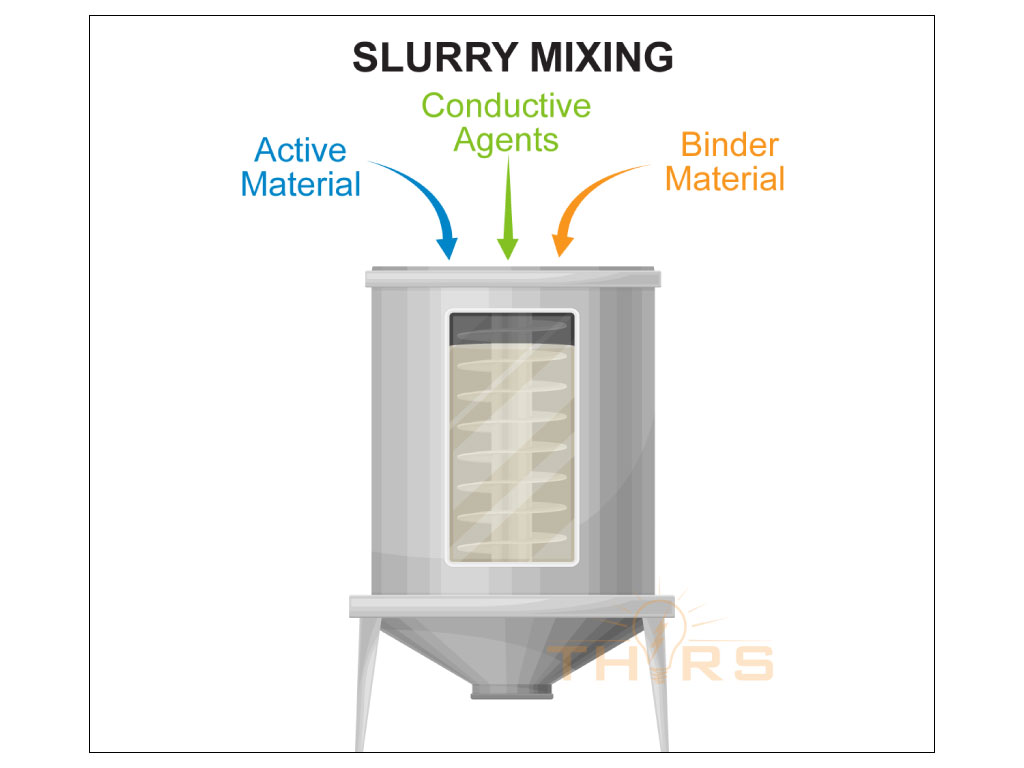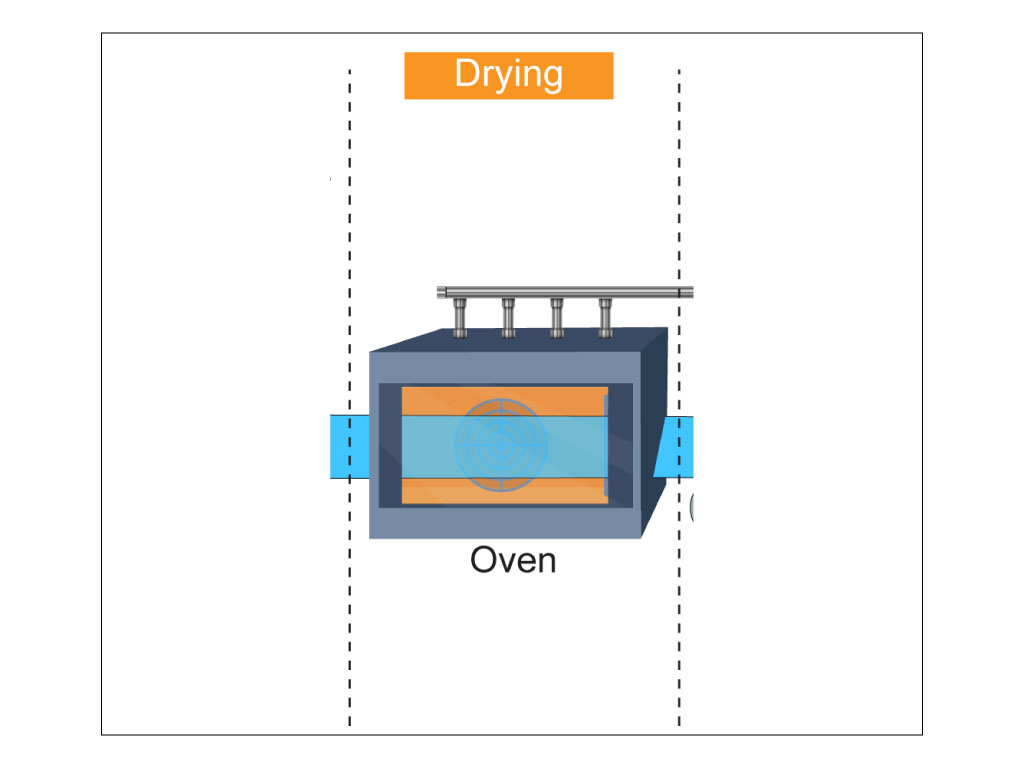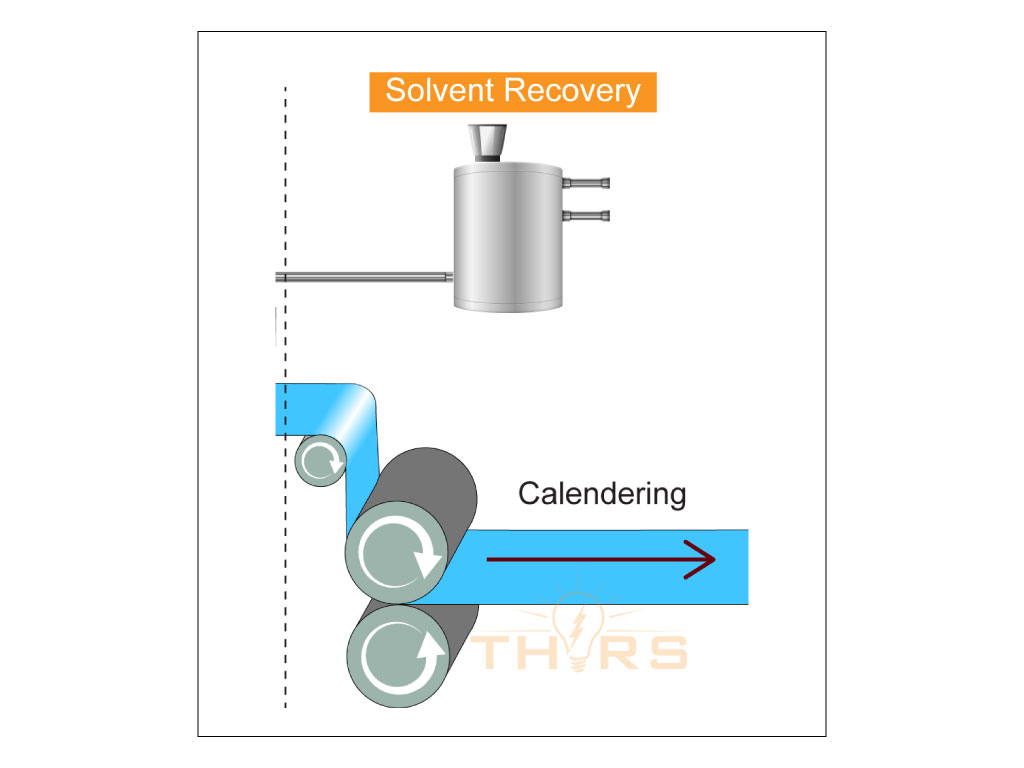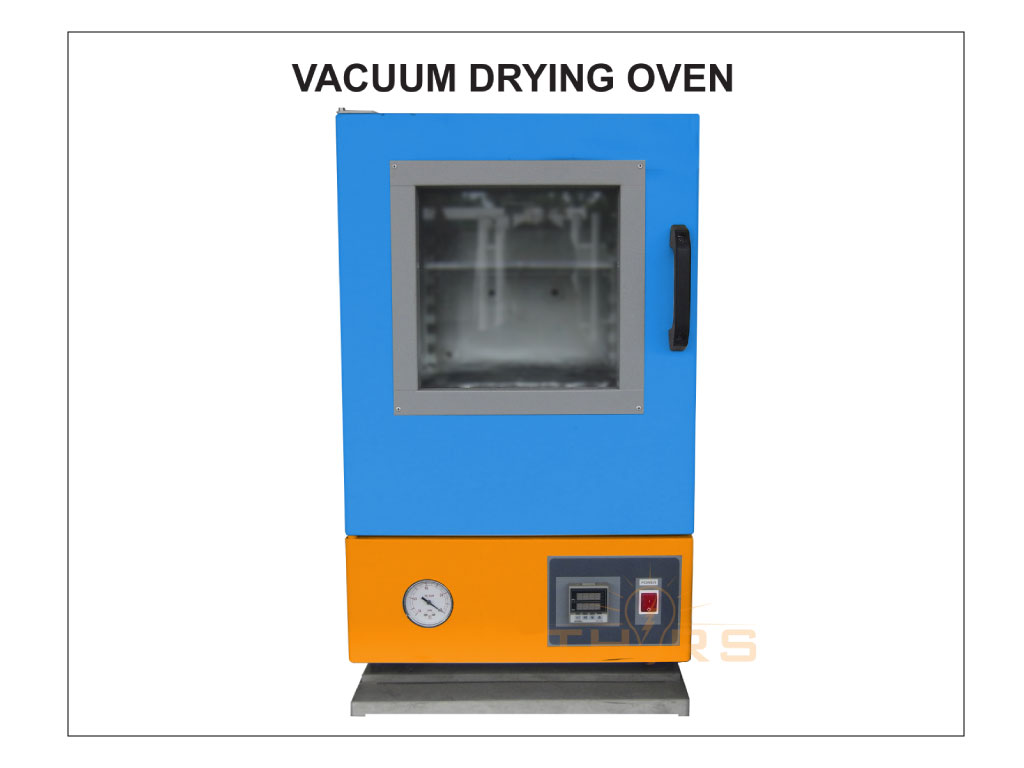Abr . 28 , 2024 09:56
De volta à lista
What is the lithium-ion battery manufacturing process
Previous:
Próximo:
Últimas notícias
-
Lithium Battery Welding Machine | High-Precision, Fast, SafeNotíciasNov.17,2025
-
Aluminium Guide Roller | Anodized, Lightweight, Low-NoiseNotíciasNov.17,2025
-
Tofu Cat Litter Bulk – Eco, Low-Dust, Fast Clumping SupplyNotíciasNov.17,2025
-
Equipment for Lithium Cell Assembly | Automated & PreciseNotíciasNov.10,2025
-
Square File Tool – Precision Cut, Hardened Steel, VersatileNotíciasNov.10,2025
-
Lithium Ion Battery Assembly Machine | Automated, High-SpeedNotíciasNov.10,2025











